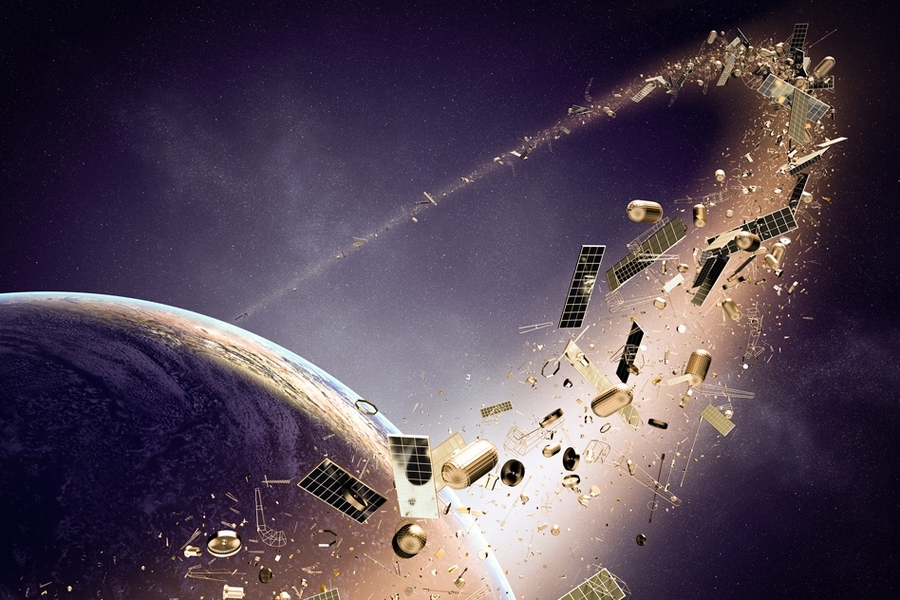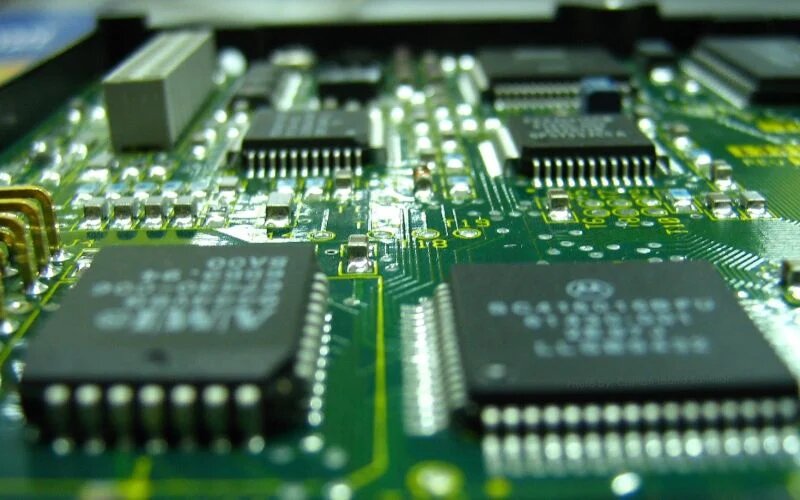Last month, a mysterious object from space penetrated through into Alejandro Otero’s home in Naples, Florida making a large hole on the floor. NASA confirms that the 1.6 lb space debris was a metal alloy Inconel that was 4 inches tall and 1.6 inches in diameter. This space debris is a battery of a cargo pellet that was used for NASA’s space equipment which was released from the space station three years ago.
Otero was out of the country at the time of the incident, but his 19-year-old son was at home. His son mentioned in an interview that the impact of the space debris sounded exactly like fireworks going off. Luckily, his son was two rooms over – he was near the space debris at the moment of impact, but was not hurt. Otero later filed a police report, where first responders helped recover the damage that was done to his house. The battery tore through the roof and the second floor, hitting the area between a bedroom and a bathroom. The costs of damage will be fully covered by his insurance.
This is the first record of a hunk of space junk that had entered the atmosphere damaging someone’s home in the U.S.. NASA usually brings back several pieces of space waste using capsules from SpaceX. However, this battery of nickel-hydrogen was disposed of using a robotic arm. Scientists from NASA believe that the robot that pried the garbage accidentally swung the garbage toward the Earth. The battery traveled as fast as 200 mph, more than 22 times the speed of sound.
These types of space equipment that is left in space accumulates overtime, eventually polluting space. The low Earth orbit area, where most junk piles up, is the biggest and hardest garbage dump to clean. There are thousands of large pieces of junk, but even more small pieces of space debris that continue to clutter around planets. NASA reports that there are over 25,000 objects larger than 10 cm and around 100 million objects 1 mm in diameter. All of this space debris adds up to a whopping 9,000 tons of waste occupied in space.
This is not an uncommon occurrence however, as NASA and other space organizations use this method of space waste disposal. The space junk usually completely burns up in the atmosphere before it can reach Earth’s surface. Most of this debris lands in the ocean. There was a similar occurrence to this back in 2021, when a 200-ton Chinese satellite plunged into the Indian Ocean.
It is important for people to recognize the accumulating amount of waste in space, and to be informed that although it is rare, a piece of space debris can hit any one of our homes. It is a challenge for NASA and other space agencies to create an affordable solution to dispose of the junk because space waste removal is so expensive. They are trying to come up with a solution to reduce space waste and solve this global problem. NASA is in the process of engineering models to keep track of the space equipment.







